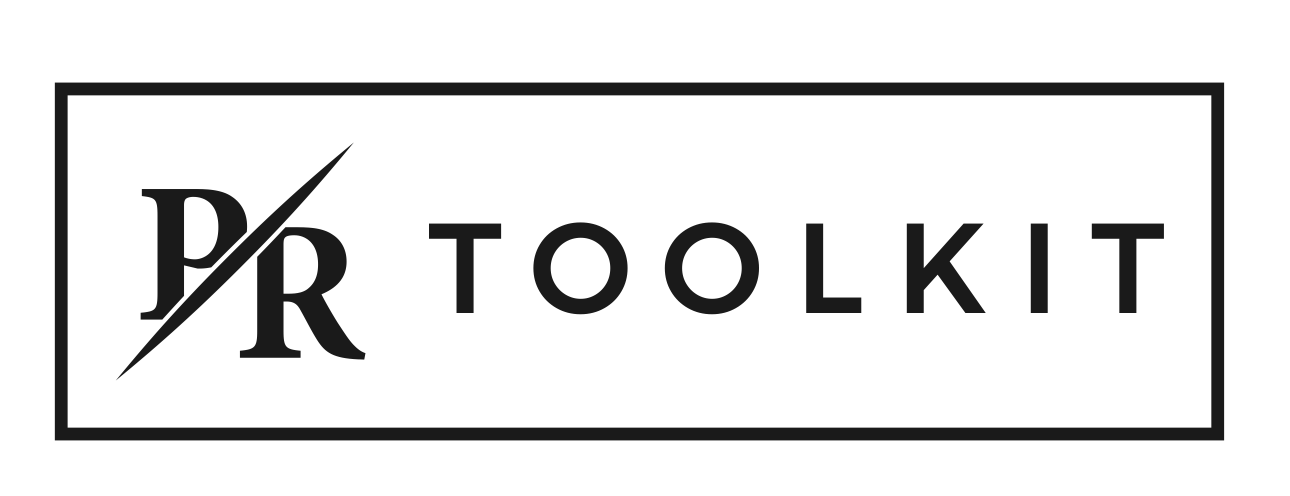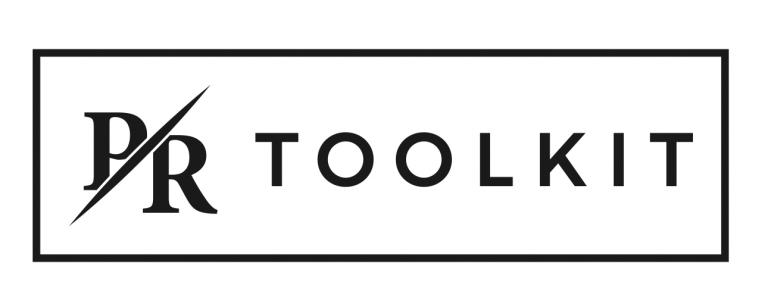Traditionally, the media release was the tool used to share announcements or deliver potential stories to journalists and newsrooms (historically via fax!). However, as the industry has evolved it’s also become a bit more relaxed.
While the media release definitely still has a role to play, the simple pitch email has become more of an accepted mode of communication between PR professionals (or companies) and journalists. And if you’re wondering what a pitch email is, it’s a simple as it sounds – simply writing a journalist a brief email which outlines what your story idea is, the supporting assets you have (spokesperson, case study, picture or vision opportunity) and how you can help them bring the story to life.
That said, many companies still like to use a media release, as it remains an effective way to solidify and package up a complete, end to end story, deliver company messaging and provide spokesperson quotes and commentary. In fact, with newsrooms shrinking and journalists becoming increasingly time poor, some journalists in some sectors may be relying on these more because it can make their job easier.
That said, and to generalise, I would say that the media release has become more of a media relations formality, used for more formal purposes such as company announcements and major campaign launches.
And while the simple pitch email tends to be more widely used (and is effective in pitching tailored story angles to individual journalists) the media release remains a PR fundamental – so there is absolute merit in knowing how to write one, while delivering your story or announcement to the media in a way that will appeal to and speak a journalist’s language.
To learn the tricks of the trade, and how write a professional media release, simply download this FREE template. Good luck!

